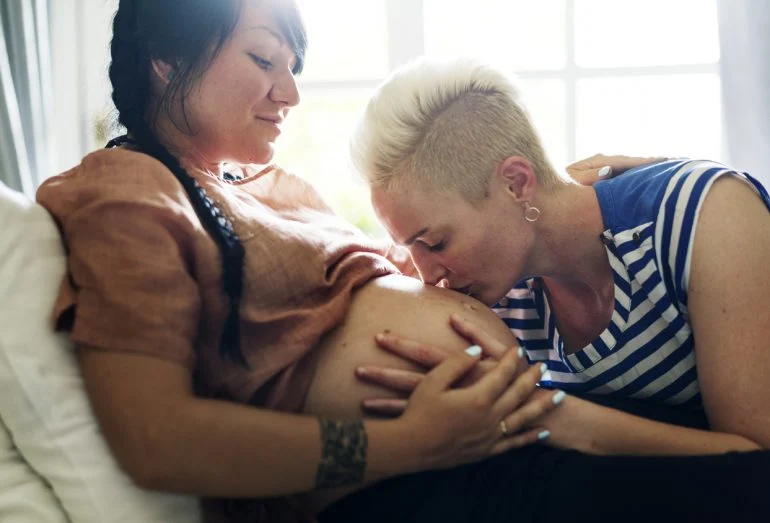From my early 20s, I noticed the first signs of gray hairs emerging amidst my dark locks. At first, I would pluck them out, wincing at the pain. Eventually, I decided to ignore them, seeing them as a distant reminder of what lay ahead.
Now, as I approach my 40s, those gray strands have made themselves a permanent fixture. While my hair still appears predominantly black, comments from friends and even my cheeky 8-year-old—who once asked, “Why is there a white hair sticking up on the top of your head?”—remind me of the changes happening.
During a recent haircut, the stylist jokingly offered to trim away some grays that she noticed, presumably the same ones my child had spotted. When I got home, I caught a glimpse of my reflection and noticed a patch of gray prominently displayed next to my cheekbones. It struck me that I was graying faster than I had anticipated, and I was uncertain about how to approach it.
Historically, I’ve embraced a natural look. In high school, I was quite the free spirit, even going through a phase where I didn’t shave my legs or armpits. Nowadays, while I’m more conventional, I still keep my beauty routine simple. I only get haircuts when split ends become unbearable, and my makeup routine consists of a swipe of lipstick and some mascara on special occasions.
I consider myself a liberated woman regarding beauty standards. I reject societal norms dictating how women should look and appreciate beauty in all its diverse forms. Aging, to me, has been a journey of growth and self-discovery. I’ve come to terms with various physical signs of aging, like my soft belly and laugh lines.
However, my hair feels different. My signature look—a striking contrast of black hair against my fair skin—has defined me throughout my life. The thought of that changing is unsettling. When I asked my mom about her transition to gray, she shared that it happened rather suddenly in her late 30s, while my dad didn’t go gray until his 50s.
If I follow my mother’s path, I might find myself coloring my hair sooner than I expect. Despite aging, I still feel energetic and youthful, especially with children to chase after. Many women my age around me either don’t have gray hair or choose to color it, amplifying my thoughts on the subject.
On the flip side, my idealistic, feminist side wants to resist altering my appearance to conform to societal expectations. I’m tempted to explore what it means to be a younger woman with gray hair. If I choose to color it, I’m cautious about the chemicals I’d be applying to my scalp.
If my graying process is delayed until my 50s, I might be okay with letting nature take its course. However, that decade feels as far away as my 40s did just a few years ago. While I have a good grasp of who I am in the near future, long-term plans remain murky.
I hope to have the space to embrace my grays, and by the time it happens, I’ll feel comfortable in my new identity as a gray-haired woman. Yet, life often takes unexpected turns, and I might still cling to my familiar black locks.
In the end, whether my transition is gradual or sudden, I will need to decide whether to color my hair or not. Right now, I’m filled with conflicting emotions on the topic.
That’s life, I suppose. While I prefer predictability, it seems I’ll need to embrace the ambiguity of this situation—allowing myself the option to cover it up if I choose to. For more insights on this journey, check out our post on home insemination kits, which you can find here. If you’re interested in practical resources about pregnancy and home insemination, visit Progyny for excellent information. You can also learn more about insemination kits from Make a Mom.
Summary
This journey explores the emotional nuances of experiencing gray hair as a woman approaching 40. It touches on personal beauty standards, societal expectations, and the acceptance of aging while contemplating the decision to color one’s hair or embrace the natural transition.
